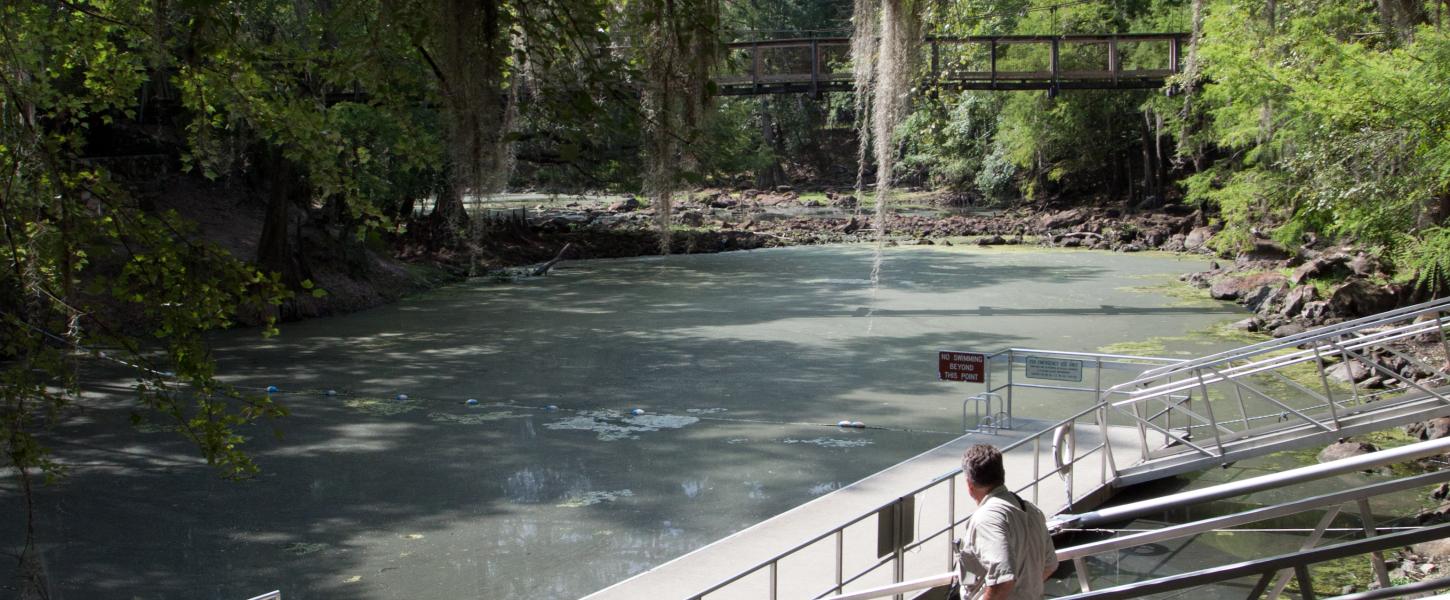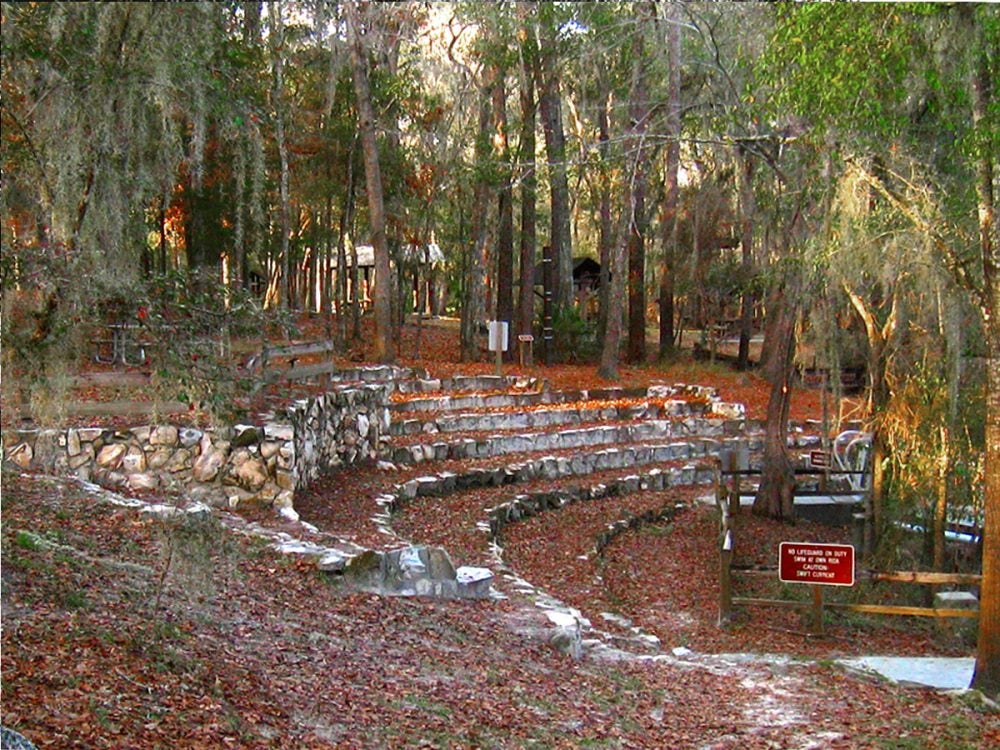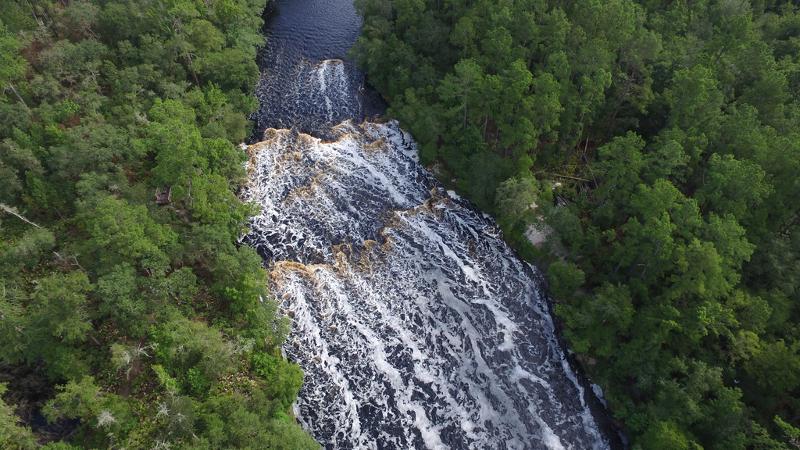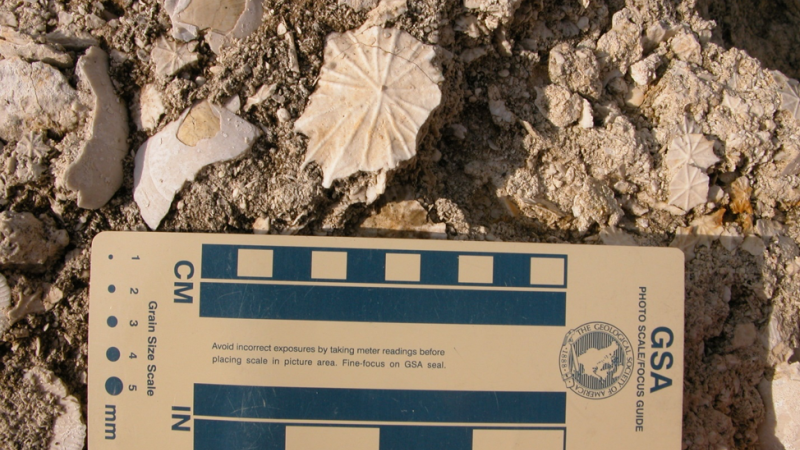Geology of O'Leno State Park

O’Leno State Park is one of the few places in Florida where a river disappears underground and reappears a few miles away. Within the park, the Santa Fe River flows underground via Santa Fe River Sink, becoming part of the Floridan aquifer system. This aquifer system is the largest in Florida and is the drinking water source for most of Florida’s population. Three miles west, the Santa Fe River reappears at River Rise State Park and continues to meander its way westward along land surface, eventually flowing into the Suwannee River.

Disappearing and reappearing rivers are unique to a type of geologic setting called karst, or features formed over thousands to millions of years due to interaction of slightly acidic natural waters with dissolvable rock such as limestone or dolostone. Karst environments contain special topographic features such as caves, springs and sinkholes, as well as submerged cave systems including the conduits through which the river flows underground. Park visitors will notice carbonate rock used in the park. For example, the steps of the amphitheater are made of limestone.
Limestone is exposed on the banks and in the bed of Santa Fe River at O’Leno State Park. Because of its unique texture and fossil assemblage, geologists know this carbonate rock belongs to a formation called the Ocala Limestone. The rocks began to form 40 million years ago during the late Eocene Epoch when carbonate-rich sediments were deposited in a shallow marine environment. Upon close inspection of the limestone, park visitors may be able to see evidence of fossil mollusks, echinoids (sea biscuits) and bryozoans (filter feeders that look like small coral). A thin layer of quaternary quartz sand overlies the Ocala Limestone throughout much of the park.


